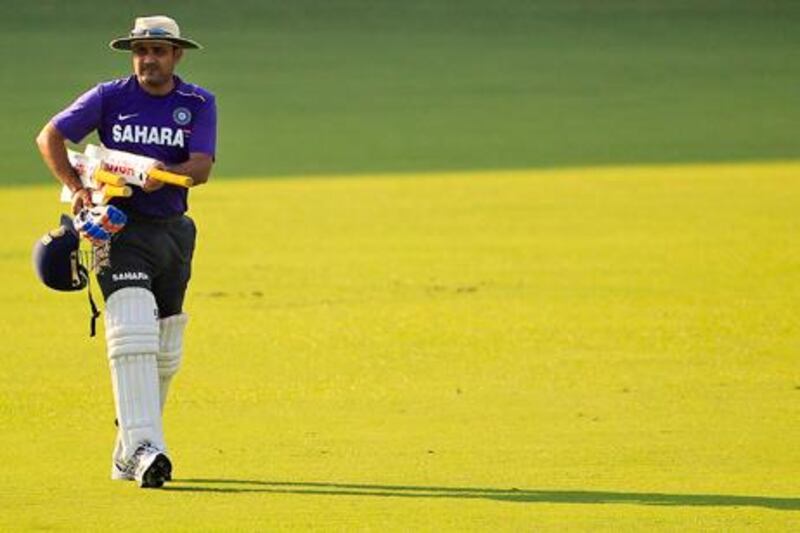Unless you're Indian, or have lived in the country for decades, it's hard to fathom just how much the 2011 World Cup victory meant to millions that follow the game.
For the vast majority, cricket as a television sport became a reality after India's expected triumph at Lord's in 1983. A generation grew up inspired by Kapil Dev's team, and as the wait for an encore stretched into a third decade, expectation gave way to desperation.
Success in 2011 didn't just end years of hurt. It was also the last act for a golden generation of players who had taken India to No 1 in the Test rankings, a World Twenty20 title (2007) and much else.
The most senior of those heroes - Sachin Tendulkar, carried around the Wankhede on his teammates' shoulders - announced his retirement from limited-overs internationals at the end of 2012, nine months after he had scored his 100th big-stage century in Dhaka.
In the two years since the World Cup was won, India have dealt with transition sensibly. There have been no wholesale changes, despite a succession of demoralising defeats, and new players have been eased in, especially over the course of the past home season.
Now, with the naming of a 30-man probable list for the Champions Trophy, to be played in England in June, the five-member selection committee has finally drawn a line under the team of 2011.
As many as nine of the 15 who celebrated the win in Mumbai two years ago are missing. Some, like Tendulkar, have retired. Others, like Virender Sehwag, Harbhajan Singh and Zaheer Khan, have been dropped, perhaps permanently.
Of those that did play the final against Sri Lanka, only MS Dhoni, Virat Kohli and Suresh Raina are certain to play India's tournament opener in Cardiff.
Yuvraj Singh should, as well, fitness permitting. R Ashwin, part of the 2011 squad, is also likely to be involved. As for Gautam Gambhir, axed for the recent Tests against Australia, he faces an anxious wait to see if he makes the cut when the list is pruned to 15.
Some chosen in the 30 are names for the future, like Delhi's Unmukt Chand, who led India to Under 19 World Cup glory last year. Others, like Murali Vijay, Shikhar Dhawan, Rohit Sharma and Manoj Tiwary, have yet to make a spot in the line-up their own. Ambati Rayudu, touted as the future of India batting a decade ago, but still uncapped, and Kedar Jadhav are the wild-card picks.
Ishant Sharma leads a bowling line-up that looks extremely callow without Zaheer. The fit-again Umesh Yadav is the only genuinely quick bowler, while Mohammad Shami, Ishwar Pandey and Sidharth Kaul have all been rewarded for their displays in domestic cricket. Given the conditions in England in June, though, it could be Bhuvneshwar Kumar, who swings the ball at medium pace, who is India's bowling trump card.
The most interesting name in the 30-man list is Parveez Rasool from Jammu and Kashmir, a state that has been in political limbo since independence in 1947. Rasool is an offspinner and a hard-hitting batsman, who impressed in a tour game against the Australians.
His bowling has earned praise from no less a figure than Bishan Bedi, who coached him in the Kashmir side. As Harbhajan and many others would testify, Bedi's praise is not easily earned.
Follow us
[ @SprtNationalUAE ]





